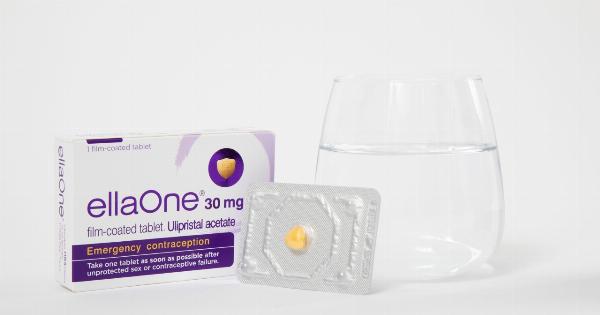Contraceptive pills have long been a reliable method for preventing unwanted pregnancies. However, there may come a time when you decide to stop taking them.
Whether it’s because you’re planning to start a family or simply want to explore alternative options, it’s important to know what choices you have once contraceptive pills are no longer part of your daily routine. In this article, we will explore various contraception methods available to you and help you make an informed decision about the next steps in your reproductive health journey.
The importance of contraception
Before we delve into the available choices, let’s briefly discuss the importance of contraception.
Even if you’re not currently planning to conceive, it’s crucial to have a reliable method of birth control to avoid unintended pregnancies. Additionally, contraception can offer other health benefits, such as regulating menstrual cycles and reducing the risk of certain cancers.
Barrier methods
One of the most common alternatives to contraceptive pills is the use of barrier methods. These methods work by physically blocking sperm from reaching the egg, thus preventing fertilization. Barrier methods include:.
1. Condoms
Condoms are widely accessible and easy to use. They not only serve as contraception but also provide protection against sexually transmitted infections (STIs). Both male and female condoms are available, allowing for a range of choices and preferences.
2. Diaphragms and cervical caps
Diaphragms and cervical caps are barrier methods that are inserted into the vagina to cover the cervix and prevent sperm from entering the uterus. They require a prescription and must be fitted by a healthcare professional.
Hormonal methods
If you’re looking for an alternative hormonal method to contraceptive pills, you have several options:.
1. Birth control patch
The birth control patch is a small adhesive patch that is placed on the skin. It continuously releases hormones into your bloodstream to prevent ovulation. It is typically applied once a week for three weeks, followed by a patch-free week.
2. Birth control injection
The birth control injection, commonly known as the Depo-Provera shot, is administered by a healthcare professional every three months.
It contains a progestin hormone that prevents ovulation and thickens cervical mucus to deter sperm from reaching the egg.
Long-acting reversible contraception (LARC)
If you prefer a set-it-and-forget-it approach to contraception, long-acting reversible contraception (LARC) may be an ideal choice. These methods provide long-term protection and can be highly effective. Options for LARC include:.
1. Intrauterine devices (IUDs)
IUDs are small, T-shaped devices that are inserted into the uterus by a healthcare professional. There are hormonal and non-hormonal options available, offering up to 10 years of contraception.
Hormonal IUDs release progestin, while non-hormonal IUDs use copper to prevent pregnancy.
2. Implants
Implants are small rods that are inserted under the skin of the upper arm. They release progestin to prevent ovulation and thicken cervical mucus. Implants provide up to three years of contraception.
Sterilization
If you’re certain that you no longer wish to have children, sterilization may be a permanent contraceptive option to consider:.
1. Tubal ligation
Tubal ligation, often referred to as “having your tubes tied,” is a surgical procedure in which the fallopian tubes are sealed or blocked. This prevents eggs from traveling to the uterus, making fertilization virtually impossible.
2. Vasectomy
Vasectomy is a surgical procedure that involves severing or blocking the vas deferens, the tubes that carry sperm from the testicles. This procedure is usually performed on males and is considered a highly effective permanent contraceptive method.
Natural family planning
If you prefer a non-hormonal and non-invasive approach to contraception, natural family planning methods may be suitable for you:.
1. Fertility awareness-based methods
Fertility awareness-based methods involve tracking your menstrual cycle and identifying fertile days when you’re most likely to conceive.
This can be done using various techniques, such as monitoring basal body temperature, tracking cervical mucus changes, or using ovulation prediction kits.
2. Withdrawal method
The withdrawal method, also known as “pulling out,” involves the male partner withdrawing the penis before ejaculation.
While this method is readily accessible, it is considered one of the least reliable forms of contraception due to the risk of pre-ejaculate fluid containing sperm.
Consultation with healthcare professionals
It is essential to consult with healthcare professionals, such as gynecologists or family planning specialists, when exploring alternative contraception options.
They can provide personalized advice based on your medical history, lifestyle, and reproductive goals, helping you choose the most suitable method.
Conclusion
When contraceptive pills end, you have a wide range of choices available to you. From barrier methods and hormonal options to long-acting reversible contraception and sterilization, each method offers unique benefits and considerations.
Natural family planning can also be a suitable option for those who prefer a hormone-free approach. Remember, the choice of contraception is personal, so take the time to research and consult with healthcare professionals to make an informed decision.





























